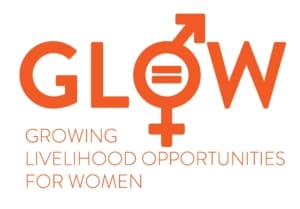Growing Livelihood Opportunities for Women
Roadmap to Improve Gender Equity for Last-mile Delivery Operations
Last-mile delivery companies can pilot 18 interventions in a phased manner, to improve gender diversity in DA roles

Why should logistics companies aim to improve gender equity in last-mile delivery operations?
- Access to additional talent pool ~13 million women across urban areas[1]
- Reduce pilferage
- Attract impact-focused investors
- Build a positive brand image
Why do last-mile delivery operations have low gender diversity today?
Companies find it expensive to hire and retain women in last-mile delivery roles because of a combination of challenges within their organizations and ecosystem barriers. This includes the following challenges:
Company-level challenges:
- Companies find it more expensive to target and convince women
- Timings and pay structure are not suitable for women
- Team leaders do not know how to support women
- Lack of support networks for women
Ecosystem-level challenges:
- Job portals have a limited pool of women
- Families do not give women permission for this role (e.g., due to safety concerns, nature of job)
- Families do not invest in assets (e.g., 2-wheelers, smartphones) for women
- Women are not taught how to ride 2-wheelers
How can logistics companies make last-mile operations more gender-equitable?
- Build the organization’s capability to target and convince women: Set up inclusive hiring policies, gender-equitable sourcing channels, and onboarding processes to support hiring of women delivery agents
- Strengthen support networks for women: Establish women-friendly employment models, incentivize community mobilizers, and provide mobility solutions to deepen support for women delivery agents and improve retention
- Embed and scale: Expand outreach and infrastructure with targeted incentives and safety mechanisms to sustainably hire and retain women at scale
How can logistics companies track their progress on gender diversity in their last-mile delivery operation?
The Gender Equity Readiness Scorecard (GERS) can enable companies to assess and track their progress on gender equity and prioritize areas of improvement based on 3 dimensions – Recruitment practices, Policies and Governance. Read more about why and how to take the GERS survey >
To start your gender diversity journey, download the gender equity solution document for last-mile delivery>
If you want support implementing this roadmap, email us at GLOW@fsg.org.
[1]
World Bank, PLFS report, Nielson data, FSG interviews with ~6,600 urban women

